Unit 10 - Documentary Photography & Commercial Production
- Dylan Cox
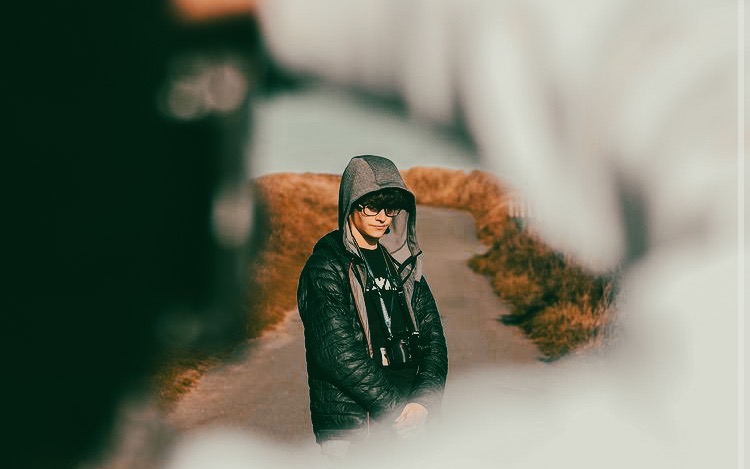
- Dec 1, 2022
- 20 min read
Updated: Feb 20, 2023
Chapter One - Context & Research
TASK 1 | Commercial Production
For this half of the unit I have been tasked to produce a 20 second TV commercial on a product of my own choosing. I plan on paying particular attention to the details to ensure my work is to its best possible standards to which I will achieve by creating templates such as a story board, shot list and a script if needed while making sure all is shown as proof in my write ups after all is complete. I also plan on practicing strong compositional elements as well as good use of the camera angels that I have learnt across my time one this course so that I can create my best possible final edit that is engaging for my audience and fits the targets for this brief.
THE BRIEF | "Tv Commercial"
"Produce a 20 second TV commercial on a product of your own choosing. This can be shot on location or in the studio. Sound can be added in post production in whatever form you see fit and you have creative freedom on this project but must be able to discuss how the advert communicates to your intended audience."
TASK 2 | Documentary Photography
For this half of the unit I have been challenged with the task of Producing around 30 documentary images to compile into a photo book using an online company while also collecting screenshots for evidence in my blog. I plan on using this project as an opportunity to experiment with film photography and will also be researching the comparison between digital photography and film.
THE BRIEF | "Out of season"
"Empty beaches, rough seas, Victorian architecture and brooding skies - seaside resorts, 'Out of Season'. Produce a documentary style body of work of your interpretation of 'Out of Season' for your first photo-book publication. Look for 'gentle melancholy and nostalgia' in our resort and signs of British eccentricity, such as hardy souls braving the sea or determined octogenarians eating ice cream in the rain. Visit the beach after a storm and check the tide-line for unusual objects or photograph water-sports enthusiasts and die- hard beachgoers who are often out in inclement weather."
SUBJECT RESEARCH | Documentary Photography
Documentary photography is a style of photography that provides a straight forward and accurate representation of people, places, objects and events, that often are significant and may play a large part in addressing historical events in time. Examples can range From wide-angle photographs of war to close-up snapshots of people on the street, to historical images of past world leaders , giving us an insight into what life was like years ago and allowing us to see events that may have been before our time.

One relevant example of this would be the iconic "V-J Day in Times Square" photograph. Captured by Alfred Eisenstaedt, the iconic image portrays an American sailor embracing and kissing what is believed to be a total stranger right in the centre of times square on August 14th, 1945,It was announced that, after a half-decade of conflict, Japan had surrendered and that the War in the Pacific and the Second World War itself was finally over. The photograph was then featured in a 12-page section in life magazine titled "victory Celebrations" and was featured amongst many other photographs showing the celebrations across the United States.
SUBJECT RESEARCH | The History of Documentary Photography
From the earliest days things like landscape, architecture, and monuments were appealing and inspiring subjects for photographers. This sort of photography was collected by artists, scientists, and traveler's as a way of either documenting or just keeping record of something deemed important to the photographer.
Originally Photographs of specific historical buildings were made for a number of purposes. weather it was to simply just satisfy curiosity, provide information for restoration or even to supply artists with material on which to base paintings off of. In Europe and the United States, photographs captured the building of the industrial infrastructure, from bridges to railroad lines, from opera houses to public places to monumental statuary.
One well known example of this would be from a photographer by the name of Charles Clyde Ebbets who was a well-known photographer and published work in major newspapers across the nation. But some would argue his so called claim to fame was from his photo taken of some builders having their lunch break onto of the soon to be Empire State Building.
The ultimate goal of a documentary photographer is to capture a moment accurately and truthfully in order to tell a story. It should also offer alternative ways of viewing the world which is a powerful ability as this type of photography can make a huge difference on how we as a society see the world we live in.
SUBJECT RESEARCH | Documentary photographers
1) Chi Modu | Documenting the defining years of hip hop

Chi Modu is a photographer I look up to as I begin my own journey of a photographer and I feel has a big influence on how I present myself as a photographer. Chi believed that it was important that his work was as real as possible without injecting his own point of view into it. His unique style of documenting has always stood out to me as his images always made you feel as you was involved and actually there in that moment in time. This was down to his his signature approach as it was crisp and intimate, he captured his subjects as heroes, but with an up-close humility.
He was the photographer behind some of hip-hop’s most celebrated photographs in history, Documenting the "golden age" of hip-hop, his clients included greats such as Tupac, Biggie Smalls, Snoop Dogg, LL Cool J, Ice Cube, Diddy, Dr Dre, Q-Tip, Mac Miller and Mary J Blige. His work featured on album covers for Snoop Dogg, Method Man and Mobb Deep and has also worked for Rolling Stone and the New York Times. In addition to his impressive collection of hip hop photos, Chi has also tested the waters of travel, sports, entertainment, and lifestyle images. Despite the differences in his subject matter, Chi’s work has a singular focus as it all reflects his refreshing take on the world. Whether it is kids at a church in Nigeria, a group of fishermen cleaning their catch in Morocco, a musician playing for money near Prague Castle, or Tupac himself caught in an unexpected moment.
In addition to shooting over 30 cover photos at The Source, Chi was able to capture the musicians in candid, unexpected moments, due to his disarming manner and unique perspective. His photos include some of the most groundbreaking, memorable images of 90s hip-hop, including Tupac Smoking and Biggie (standing in front of the World Trade Towers). He not only defined the most important phase of the hip hop movement, now a global force and known across the world, he was also was able to define the artists themselves and show them as real people, rather than one-dimensional celebrities. Chi’s unusual background is probably responsible for the unique way he sees and captures the world around him. Born in Nigeria and raised in New Jersey, Chi had to decide at a young age whether to return with his parents to Nigeria or stay behind at boarding school. He chose boarding school, and found himself at Lawrenceville, the prestigious prep school. With his parents on the other side of the world, Chi developed a strong independent character, which later would be noticable in his work.
2) Vivian Maier | Hidden from the world for over five decades

Vivian Maier was an American street photographer born in New York City and has quite an interesting photography career in comparison to most well known photographers. Although born in the U.S., it was in France that Maier spent most of her youth. Maier returned to the U.S. in 1951 where she took up work as a nanny and care-giver for the rest of her life. In her leisure however, Maier had begun to venture into the art of photography. Consistently taking photos over the course of five decades, she would ultimately leave over 100,000 negatives, most of them shot in Chicago and New York City. Vivian would further document the world around her through homemade films, recordings and collections, assembling one of the most fascinating windows into American life in the second half of the twentieth century almost like you was seeing a different perspective of life through her eyes.
The most intresting thing about Vivians photography career was that her work didn't actually come to light until in 2007 when her work was discovered at a local thrift auction house in Chicago. From there, it would eventually impact the world over and change the life of the man who championed her work and brought it to the public eye, John Maloof.
Perhaps one of the greatest lessons we can take from the story of Vivian Maier is how crucial it is to make sure your work gets seen. Maier never knew how significant and influential her work would become because it stashed in boxes was hidden from the world.
SUBJECT RESEARCH | Film Photography

Before digital photography was introduced , all photos were made with light-sensitive rolls of film. From there, film photographers would go through the lengthy process of developing the rolls and print their photos in a darkroom; a physical process that lets artists get up close and personal with their photography. Film photography also gives you total control over image exposure and shutter speed and the ability to print and enlarge images can help artists better understand how photos are made.
SUBJECT RESEARCH | Film developing process

As previously mentioned the developing process is a lengthy task. With the first step being that the film roll must be developed before anything else is done with it. This can be done by inserting your roll into a "cocktail" of chemicals : developer, stop bath, and fixer. Then once soaked you then rinse the film strips with water and then leave them to dry in a dust free room, this will take a couple of hours to ensure film is completely dry. Once you have your dry strip of film negatives, cut it into smaller strips of five photos each. You can either purchase your own film scanner to obtain the raw files of your photos, or you can take your negatives to a photo lab to have them scanned for you.
SUBJECT RESEARCH | Digital Photography

Digital photography is a technology that allows photographers to capture, edit, and develop images without the use of film and is constantly improving at a rapid pace. This is arguably more effective and efficient than phill photography for multiple reasons, some of which are the following:
Freedom to take as many photos as you want with the freedom to view and delete them in real time.
More cost effective in comparison to film as there is no need purchase rolls of film constantly
Digital is seen more as an investment as it is pretty much a onetime purchase which leads to the opportunity to shoot as many images as you want for no extra charge.
There is no physical developing process meaning you save so much more time when it comes to getting your images ready for what they are needed for
With digital you can shoot in RAW and have the freedom to completely tweak tour images in soft wears such as Lightroom and photoshop.
SUBJECT RESEARCH | TV Commercial
A television advertisement is a form of media with the sole purpose to advertise. Funded by an organisation It conveys a message promoting, and aiming to market, a product or service to the viewers consuming such media. Television advertising involves three main tasks:
Creating a television advertisement that meets broadcast standards
Placing the advertisement on television to reach the desired customer
measuring the outcomes of these ads, including the return on investment
One example of a well done TV Commercial would be Budweiser’s “Wassup?!”
Inspired by a short film created by Charles Stone III, Both the film and the commercial starred Stone and his friends who all grew up together in the Philadelphia area.

“Wassup?!” may have been spoofed in the original Scary Movie, but its impact is no laughing matter. According to The New York Times, Budweiser’s sales grew from 2.4 million barrels to 99.2 barrels the year after the ad was on TV proving that a well conducted commercial can really be the difference between a brand being Rich and successful from being poor and unheard of.
SUBJECT RESEARCH | History of the TV Commercial
The first official, paid television advertisement was shown in the US on July 1st, 1941, over New York station WNBT before a baseball game between the Brooklyn Dodgers and Philadelphia Phillies. It was for Bulova watches, for which the company paid anywhere from $4 to $9 according to various reports which in todays currency would be around $200. Both the Bulova logo and slogan ‘Bulova Watch Time’ were shown but that was as far as it went.

The commercial only lasted for around 10 secondhand featured a voiceover which said, "Americans run Bulova time". But it was only seen by a few thousand people due to, at that point in time, only around 4,000 TV had been installed in cities like New York. But fast forward to present day and television advertising is much more about storytelling than about actually selling a product.It’s now all about keeping your audience engaged, with Christmas television advertising being a great example of hooking people in.
One being Sainsbury's Iconic Christmas ad titled "1914" which tells a micro story that took place during a Christmas Day in the year 1914 during the first world war between a German soldier and a British soldier exchanging gifts and playing football, which is primarily based on the true story where on Christmas Day
opposing British and German soldiers emerged from their trenches to exchange gifts and play football.
Made back in 2014 as part as Sainsburys annual Christmas advertising campaign despite actually advertising anything that the store sold, it went on to become one of the most iconic Christmas adverts in the UK touching many hearts across Great Britain. The mood that this Commercial gives off is quite an emotional one, with it touching on one of the most deadliest periods in history but with a twist, as they do not touch on any of that in the video whatsoever, instead shedding some light on one of the few more delightful stories to come out of the war. which is presented through a well shot, cinematic recreation of the true event.
EXPERIMENTATION | Documentary Photography
In order to achieve the best possible submission for my end product I have decided to organise a few different workshops each touching on different skill sets that I believe are important to have when making a photo documentary project.
WORKSHOP | Film Photography
In order to include a slight bit of originality into this project I aim to test myself and include a couple of film photography into this project as I feel its a fitting opportunity to experiment and test my abilities.So in preparation I decided to take my own film camera out and document a dog walk I went on one weekend as well as some other random shots just to test out different composition and see how they would turn out once developed. Once the images were taken & developed they were then taken to the college darkroom where I put the film roll through the exposure process.
during this workshop I took this chance to reintroduced myself to the equipment that was in the darkroom studio so that I was able to efficiently use the equipment for this project. So once I had my full film, I began the process of developing it.
To begin I opened up the film capsule in complete darkness as any exposure would instantly void thee film making it unusable.
Once opened I had to navigate in the complete darkness as I threaded the film strip into a spool, which is a small wheel that holds the film in place throughout this whole process.
Now the film is firmly in pace
WORKSHOP | Composition
Composition is key when wanting to capture a image and have it look pleasing to the viewer. And with task of photo documenting in mind I thought id do a small recap and experiment to remind myself of what types of composition I could use when taking my photos for this project.
COMPOSITION | Rule of thirds

Rule of thirds is a way of dividing frames for optimal composition. It involves evenly dividing the frame between two equally spaced horizontal and vertical gridlines, creating a three-by-three grid. This tends to allow for more interesting images than simply centring a subject which I feel is useful for when I'm out documenting.
COMPOSITION | Leading lines

Leading lines are visual elements that pull the viewer’s eye toward a subject or focal point. They can be anything from roads running off into the distance, an arm stretched out toward something else, tree branches rising toward the moon or anything that pulls attention toward something else. These lines can give flat surfaces the appearance of depth, dimension and shape. Focus and depth of field also add to the illusion of a third dimension within the photo. Shallow depth of field can give the viewer the impression that they’re focused on something immediately in front of them and it provides a look of depth and scale, even in a flat photo.
PREPRODUCTION
Commercial production
Experimentation
For this part of the unit I plan on giving my tv commercial a sleek look, totally planned out and polished. Complete with the right planning such as story boards and referencing shots from other adverts in which I have been studying. I have also looked at videos online of people making similar videos so that I can incorporate similar techniques in my own project.
Green-screen Practical
This video used mainly green screen shots to capture the product which is something I thought Id try in my own project but after doing some test shots of a product I realised that this could cause some complications further on in this project as I was unable to get the correct lighting of the product making it look bit tacky and inconsistent so I scrapped that idea and looked elsewhere.
Production test shots
I then looked for a more realistic tutorial to learn from which shown me the technique of using a TV screen or a laptop screen as a background instead of a green screen. I found this to be a more realistic option when planning out this project.
I then took this knowledge into practice as I set up a stand directly in-front of my tv and placed a soft box slightly below my product to ensure its clearly lit.
(Test shots)

PRODUCTION
In order to get my shots I came up with the concept of replacing a traditional green-screen with my TV screen in my bedroom. To achieve this I made a makeshift stand out of a box wrapped in tinfoil with the tinfoil acting as a form of reflector for the light coming from both the soft box and the tv. Once the product was in place on its stand I set up a soft box just below the product to light up the front of the bottle so that it was clearer and easier for the camera to focus on it. I then looked for "ambient backgrounds" on YouTube and let it play on the tv so that I had an interesting background behind my product. And finally before I hit record I made sure to get rid of all natural lighting leaking into my room by closing my blinds as well as turning my main light off so that the only lighting was the one from the soft box and the tv, creating a more cleaner and professional look overall.
Here is the video i used for the majority of my shots, i found that the light movement went well in time with the music i had used over it, combining together nicely to create a well flowing video.
This video was one I really liked using, although it was used in just one of my shots I feel it looked quite fitting alongside the bottle itself with the theme of liquids and perfume.
POST-PRODUCTION
EDITING MY COMMERCIAL | CAPCUT
Before I began editing I decided to take time to carefully pick a song to use as personally I feel the song choice in an advert is an important decision that could make or break your video as a whole so it was important to me I picked a powerful song to play along my clips that I had shot previously.
The song I eventually settled for was one by Pink Floyd called "The great gig in the sky". The reasons behind choosing this song for my commercial were because of how iconic and powerful the song is, which I the effect I want to have on the viewer . I also loved that this song also had some dialogue at the beginning which I aimed to include in the video but have different parts of it pop up throughout the video at different times, this was to have some consistency in the video and helping the effect that the video had a steady flow which was something I felt was a key component when creating a advert as you want to keep the viewers attention while also selling the aimed product.

To achieve adding the dialogue throughout the video a added effects such as "Mic Hog" which helps with making the talking be heard easier wile still having the music in the background. As well as that I also faded these in and out to ensure they were introduced smoothly an weren't suddenly in your ears, this made of a more appealing transition betting the music and the dialogue and I feel if this wasn't included It would ruin the flow of the video. For the postproduction stage of my commercial I decided to use Cap cut to put my clips together.

My aim was to go for subtle, smooth transitions to the extent of not known that they are happening, so to achieve this I used a "Black Fade" and had it go for about 1.1 seconds between clips creating a smooth flowing series of clips which I used throughout the video ensuring there was a feel of continuity.
One of the struggles I came across during the stage of the project was closing the right points to add the dialogue parts of the song, this took a good couple of re-edits until I finally was happy with the positioning. this was because I wanted to line the audio up precisely when the clips transitioned to make sure ut was smooth and as flowing as possible.
PRE-PRODUCTION

For my pre-production I researched into famous photographers and their photo documentary's to get a better understanding of what was expected in this genre of photography. My main photographer I had researched goes by the name of Chi Modu who is someone I look up to when looking at my potential future as a photographer, His talent of capturing the raw atmosphere and sometimes showing his opinions and emotions through his images.
This is something I plan on incorporating into my own work, showing communities and bonds of people through he power of just my images. meaning it is important that am able to capture moments that have meaning and tell a story.
Another photographer I looked at prior to the shoot was a local photographer by the name of John Johnson (@johnjohnsonphoto) as he is someone who I see a lot on my instagram feed who takes pictures at football grounds an captures the atmospheres presented to him.
This was really useful research as it was directly aimed towards what I planned to do, providing me with shot Idas and inspiration to why type of shots I could capture at goodies myself.
I also did some research into the basics of photo documentarys to help give me some idea of what to shoot and how I should present my final work.
PRODUCTION
For the shoot I chose a day where Everton were to be playing at home and arrived about two hours prior to kick off in order to capture the build up to the game, as well as to catch the players arriving on the coach as that was what creates the most atmosphere pre-match thus creating the opportunity to capture some interesting shots. For this shoot I used my Canon Eos 250d with a 55mm lens as I knew I was to be up close to the things and people I was going to be shooting.
I then spent the majority of the evening just walking around the ground documenting what I thought will make a good picture, taking in mind the basics of photography such as my composition and iso to make sure I can capture images to the best of my abilities. I also got a chance further down the line to return to Goodison and attend a game, to which I took my camera so that I could also capture a few shots inside the ground, meaning I was able to have images to finish the documentary as they show the tart to finish of a night of football from a fans perspective.
POST PRODUCTION
Once my images were shot I then sorted through them and got rid of any that were either over exposed, out of focus or just framed incorrectly. Then with the remaining shots I imported them into Lightroom where I made slight tweaks.
My main aim with the photo editing for these were to do as little editing as possible but also making the colours pop, as the photos I had captured were of a happy environment I wanted to represent that by giving my images an almost nostalgic look. And I made sure that every picture had the same look in terms of colour scheme so that when put together they all flow together well.
FINAL EDIT | COMMERCIAL VIDEO
FINAL EDIT | PHOTO DOCUMENTARY
Photo Book - (ScreenShots) Via "Free Prints"
Full Images - Edited Via Lightroom
EVALUATION
COMMERCIAL VIDEO
Three strengths and three weaknesses ?
Strengths
The usage of the Tv screen instead of a green-screen is something I am proud of personally as its something I haven't tried before yet feel have executed quite well.
I am also proud of how I have put together the auto of the commercial, including things such as the dialogue of the song throughout the video is something I feel has gone well on my behalf.
Then finally one last thing I am proud of is that I managed to shoot all the project in my own home and feel that I have successfully took advantage of the limits resources around me.
Weakness
If I was to reshoot I would probably attempt to experiment with more shots, testing out new techniques to strengthen the production value of my final production.
I feel like the ending of my commercial was quite poor with just the look of the company appearing on the screen so I feel like I could of added something a bit more interesting to finish the video on.
Finally one other weakness of this commercial would probably be the lack of actual information about the product in the video as all that was showcased was some shots of the product to som music so if I was to improve I would probably add some information, giving the viewers some more context of the product.
Who was your intended audience for your TV commercial? My commercial was mostly aimed towards boys or men of any age, but there was no real targeted gender as there was no direct hints or showing of people. As the video just consist of the product itself, allowing it to fit an audience of any any-kind without leaving anybody out.
What did your classmates think of your final products? How did that make you feel? One of the main parts of positive feedback I got from my peers was how well the shots were made, the decision of using a tv screen over a green screen seemed to have worked well and impressed my peers.
This made me feel good about my production and gives me motivation to improve on this technique and potentially use this again in the near future.
PHOTO DOCUMENTARY
Three strengths and three weaknesses
Strengths
I was pleased with how the post-production went as I was able to make the colours in the photos pop swell as having them all keep a familiar look, keeping a continuous theme throughout the documentary.
I was also made up with how my documentary went in stages, from getting to the ground, meeting the players and finishing with photos of inside the ground.
Finally one last strength would probably be my composition as I feel that I have exceptionally captured the atmosphere with satisfying angles and well executed rule of third's.
Weakness
One main thing I would improve on would be making Sure I capture more images in the future so the the storyline itself is more clear to my viewers.
If I was to reshoot in the future I would probably experiment with more interesting techniques to make my photos more interesting to look at, examples of this could involve double exposure shots or even use mirrors or a photo sphere to add that extra feature to the image.
finally one last weakness would probably be was that some photos were a slight bit out of focus causing them to look poorly shot, this is something that can easily be resolved by holding the camera steadier and making sure the focus point is on the subject your shooting.
Who was your intended audience for your photo documentary? My intended audience was for fans of football, more specifically the ones who may be to far away from the ground and are un able to experience a match day as this collective of photos show what the average fan witnesses on a match day the attending the game, with shots of families all together to the players being seen getting off the coach just before the game, all things that are up a matchday.
What did your classmates think of your final products? How did that make you feel?
"High quality images, and nice consistent style throughout the images while at the same time successfully hitting the brief requirements." - James Evans, Creative Media Level 3 - Year 2
Overall
What do you now understand about the characteristics of an audience?
Audience characteristics are the building blocks for your segmentation. They include demographic, sociographic, psychographic, or behavioral criteria you can use to frame and analyze your audience.
Audience Characteristics
Age.
Gender.
Race.
Health status.
Location.
Income.
Marital status.
What were your key areas of development during this unit work. Give explanations.
Through partaking in this unit there have been ups and there have been weeknesses to look back at and keep in mind. Like previously mentioned a weakness in my Commercial was probably the lack of clips that were different to each other, this made the video feel quite repetitive but I don't believe this was much of a big deal as I am still happy with the overall outcome of the video itself. And looking at the photo Documentary I feel its at a pass standard as I feel that I have successfully captured a story well using only images which document the "typical" match-day experience in which fans are so use too. This Piece of work has given me plenty of knowledge to go away with as its helped me understand the true meaning behind photos and how when placed together can form a powerful collection of images.



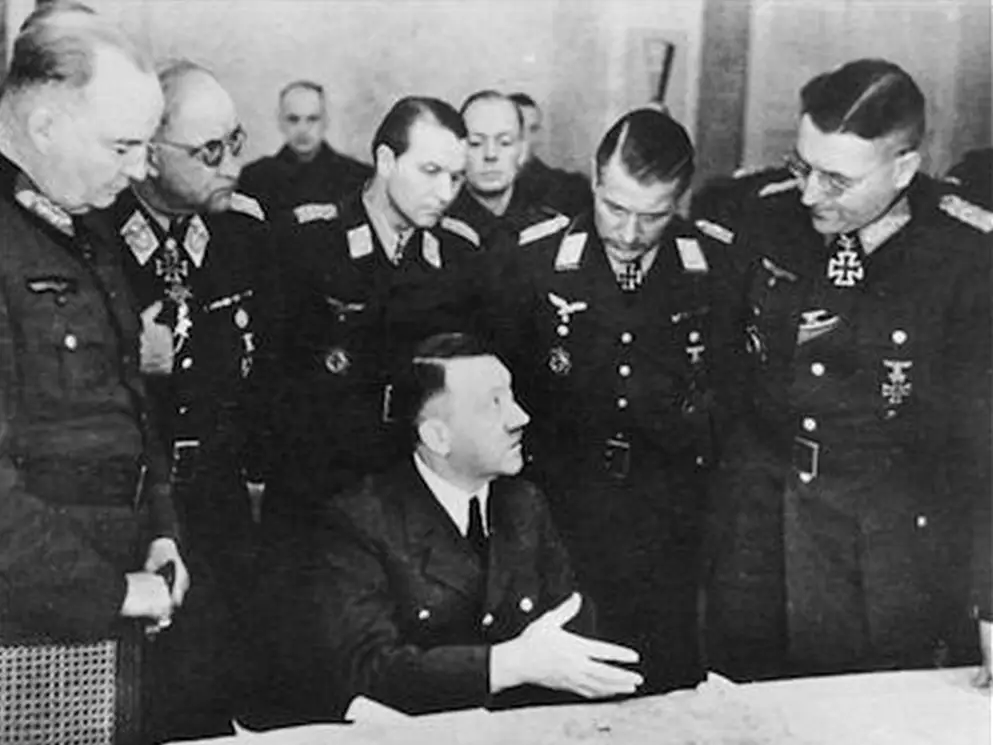
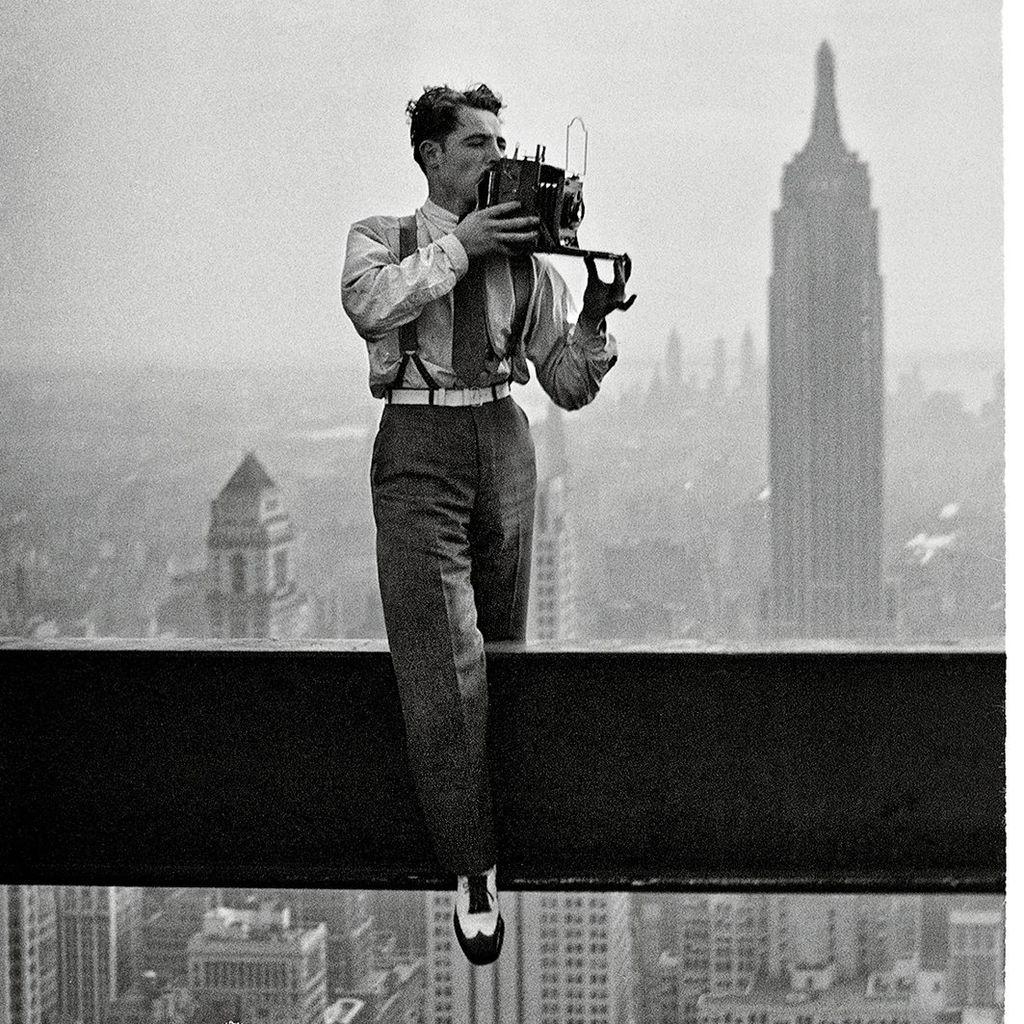


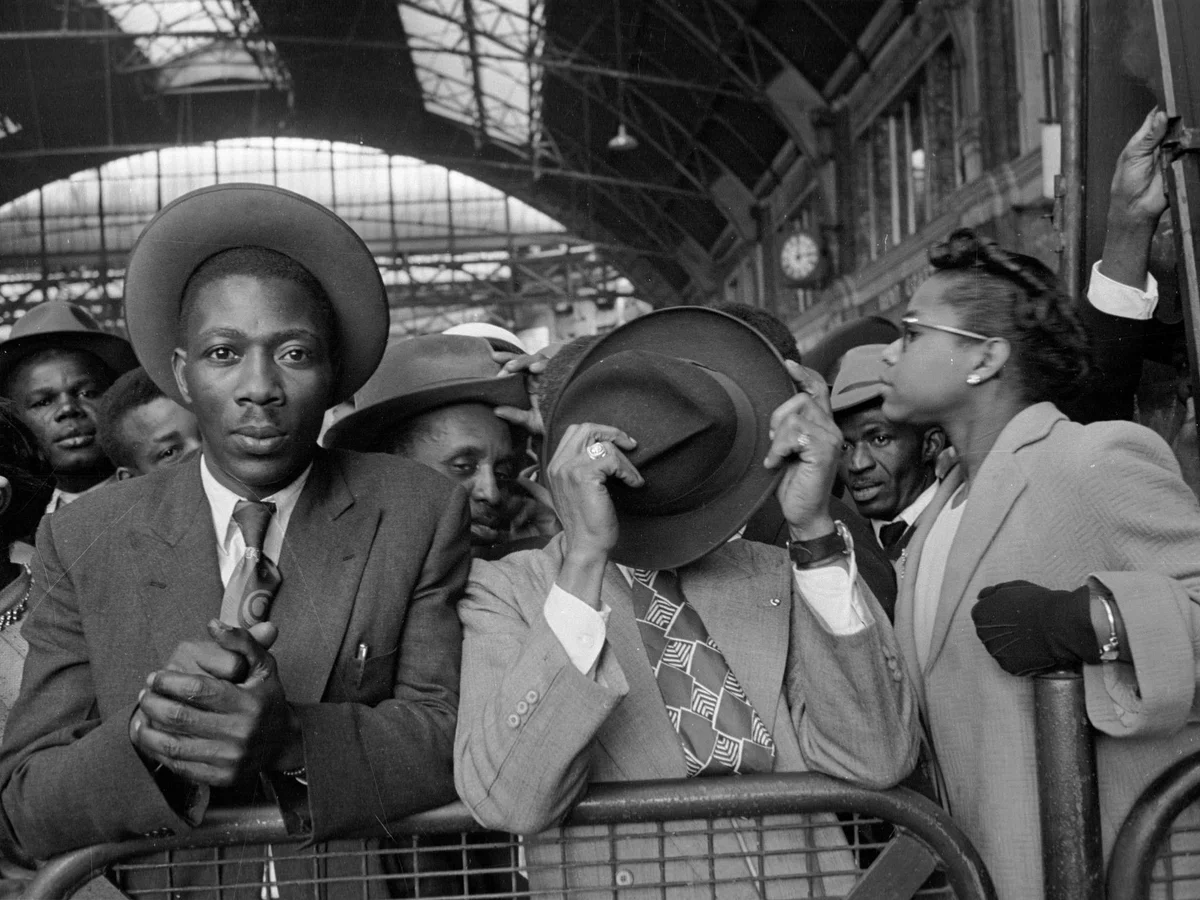








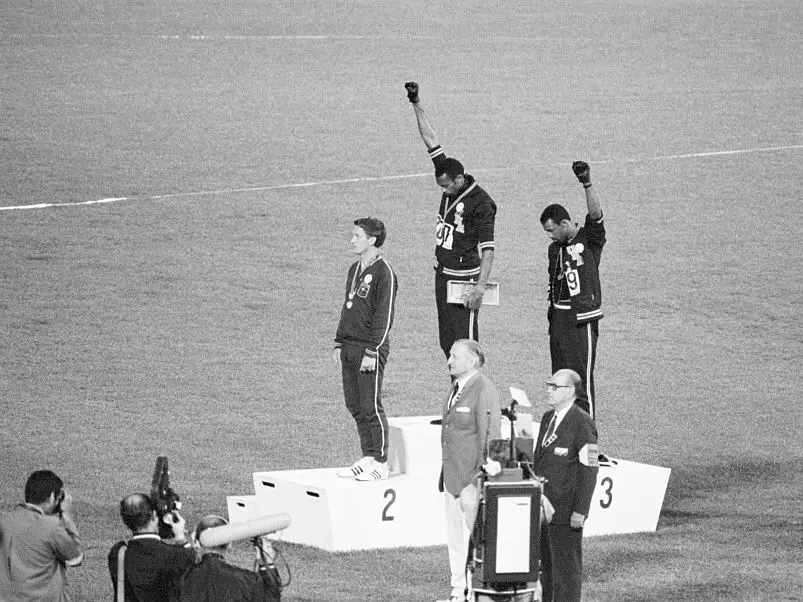
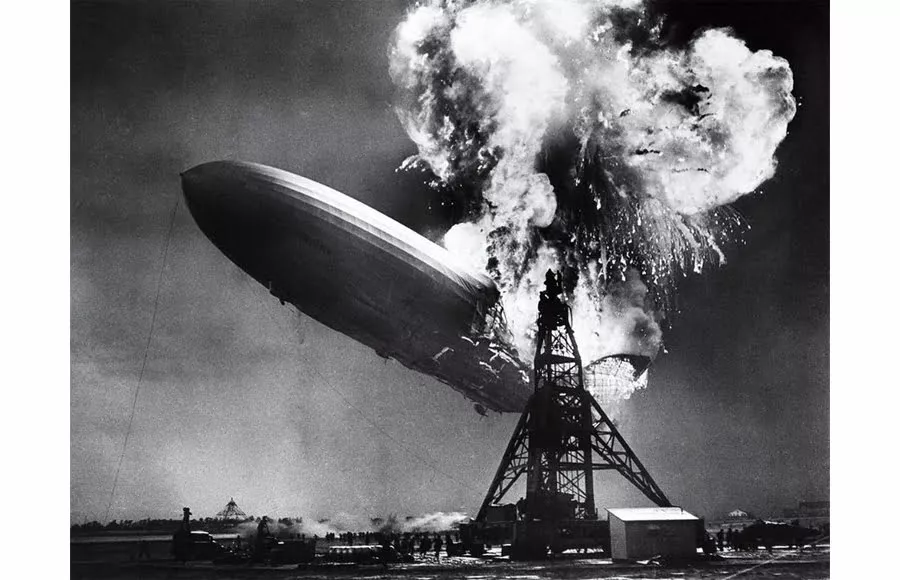










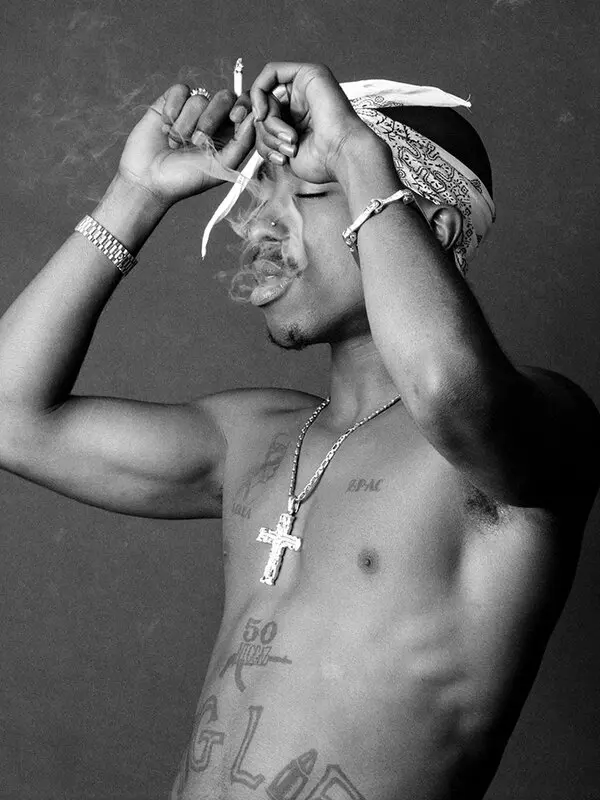













































































































































































































Comments